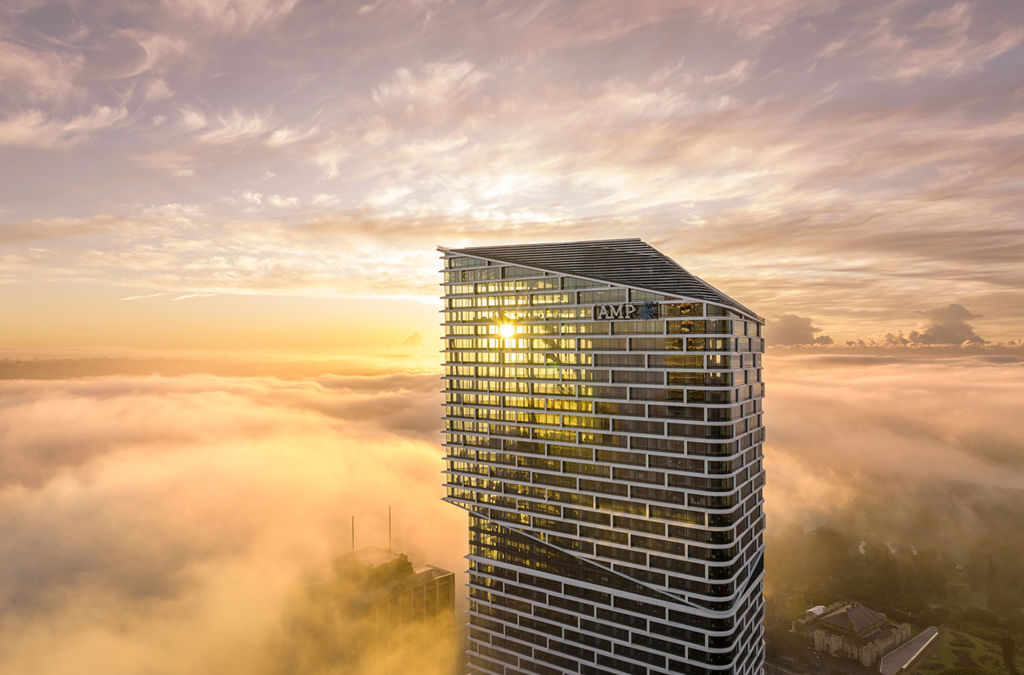Scanning the jostling skyline above Sydney Cove one building in particular compels the eye. As it rises towards its full 206 metre height, great chunks of the new Quay Quarter Tower pivot to different angles and appear almost as if they could keep rotating on some implied internal axis.
This radical building, designed by 3XN Australia (3XN A/S) and completed only in April, has just been named World Building of the Year at the 2022 World Architecture Festival that concluded in Lisbon last Friday.
To rise to the top of the globe’s biggest architectural event against a shortlisted field of 252 completed buildings is really something considering the staggering scale of some of the budgets, the diversity of uses, and the household names of many of the starchitects who enter their most imaginative new projects in the profession’s annual love-in.
To do it with your first ever Australian project, and one that is mostly made out of recycled structure, is something else again!
3XN A/S instigated itself as a Surry Hills-based architecture studio only in 2016 after its Danish parent company, 3XN, won the design competition in which AMP asked for a makeover for its tall but tired 50-year-old corporate office tower in Bridge Street.
3XN A/S opted to do a job of “radical sustainability” by “upcycling 65 per cent of the previous tower’s beams, columns and slabs, and over 95 per cent of its existing core”. In the processes, massive amounts of embodied carbon was saved from being sent to landfill.
New floor plates were “grafted” onto existing slabs with the most apparent alteration being made to the north face with all that rotating through five distinct stacked blocks, or “vertical villages”, and the attractive angularity being all about maximising outlook to the Harbour.
Quay Quarter Tower, or QQT, was, says the studio, “designed from the inside out”.
In announcing the big win in Lisbon, Paul Finch, the program director of the 15th WAF, said QQT was “an excellent example of adaptive reuse”. On a world-class site, Finch congratulated AMP by adding, “the client was prepared to risk building out an idea on a speculative basis – it worked”.
3XN’s founding partner Kim Nielsen also acknowledged AMP for staying committed to an idea that weathered COVID but succeeded in clawing back significant construction time and costs through the upcycling strategy.
In a statement put out after the win, Neilsen pointed out that QQT “is now also recognised as the most important transformation project ever completed – one that would not have been possible without an ambitious client and a great team.
“Instead of demolishing a building that no longer worked for its users, we have prolonged its life and given it new form and character – with further transformation in mind.
“It’s a great sustainability story; we are pushing the transformation of existing assets and, in doing so, saved about nine months of work … so as an asset owner, you can fill up the building quicker.”
Director of the Sydney studio, Fred Holt, concluded that “circular economy is about economy. But it’s first and foremost a project that was designed from the inside out and with people top of mind. It’s all about the user experience.”
